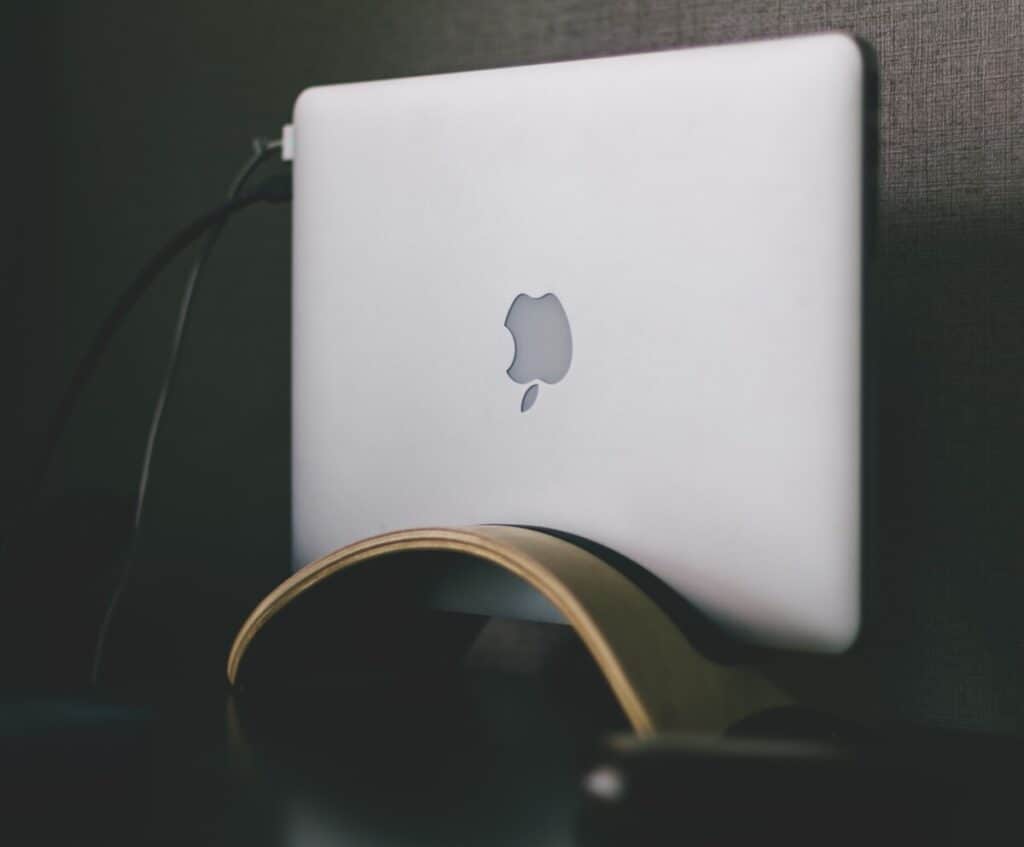
There has been some debate about the performance of a laptop while it is charging versus when it isn’t. Some say a laptop’s performance increases when plugged in, while others seem to disagree. This begs the question, are laptops faster while they are charging?
Laptops are typically faster while charging, and this is because they are set to work at maximum capacity when plugged in. Some Laptop manufacturers will throttle laptop performance down while they are not charging to increase the length they can work solely on battery power.
A laptop’s performance depends on the power settings it is set to. You can set your laptop to work at maximum capacity when running on its battery.
How Power Supply Affects Laptop Performance
When a desktop computer is on, it works at its peak because desktop PCs are always connected to a power supply. This same conecept works in some laptops..
One thing that makes laptops differ from desktop computers is the inclusion of a battery. A desktop computer would die immediately it lost access to power the power supply, but your laptop would last for a couple of more hours.
Due to the inclusion of a battery, your laptop can stay on for a long time. However, this depends on the battery specs of the laptop you own and how you use it on a daily basis..
Manufacturers have considered this factor, which is why they have incorporated power plans into the software of their laptops. These power plans aid in limiting or maximizing the potential of your laptop.
How Power Plans Work
Most laptops you buy these days are conditioned to perform at their peaks when charging. Their CPU and GPU are set to maximum performance and screen brightness at the highest level.
As soon as you unplug your laptop, you’ll notice that the screen brightness has been lowered, and apps don’t open or work as quickly as they did. To curb the effects of the heavy performance on its battery, your laptop automatically lowers the CPU and GPU performance while also dimming its screen.
This change in power is attributed to the change in the power plan on your laptop.
When your laptop is plugged in, it is unnecessary to conserve battery because it is not being used. However, once that power supply is gone, you’re left with a battery that will drain quickly when your laptop is still working at a high level.
You can set your laptop to still work at maximum capacity when powered by its battery, but note that your battery will die faster.
Something to consider is where you’ll be using your laptop. If you’re going to a place that does not offer you access to a power outlet, you need to think about battery life. By letting your laptop work at its peak, you run the risk of killing it that much faster.
Several manufacturers have various battery performance plans that you can customize to your preference. These plans let you adjust many factors that determine your battery’s life.
Some of these factors are your screen’s brightness and your CPU and GPU processing power. They also enable you to choose how long your laptop stays on before going into sleep mode and what happens when you press the power button or close your computer’s lid.
How to Change a Laptop’s Performance
If you aren’t happy with how fast or how slow your laptop is performing, you can adjust the settings. On a Windows laptop, there are two ways you can accomplish this. You can customize your power plan, or you can change your BIOS or UEFI settings.
Power Plans
Most laptops come with predetermined power plans that you can alter if you aren’t happy with them. However, you can also create your own power plan. You can do so by accessing the power options on your laptop.
Upon going to the Power Options, you’ll notice that it consists of all the settings required to adjust your laptop’s performance.
On the right, you’ll find all the plans that come with your laptop, including a “Change power settings” option for each. Once there, you will be able to adjust all of its parameters, including the ones under “Change advanced power settings.”
On the left, you will be able to create your power plan, as well as decide how your actions on your laptop affect its performance. Here’s how to get to Power Options
Method 1
- Find your way to the setting apps. Once you’re there, click “Power & sleep.”
- When you get to this window, you’ll find a few options that help optimize your battery’s performance, like how quickly your screen or laptop goes to sleep.
- For a more extensive settings list, scroll down on the “Power & sleep” window and click on “Additional power settings.”
- After clicking on this option, you’ll be redirected to a window called “Power Options.”
- Click on the “Show additional plans” option to access the “High performance” option
- Note that the high performance option is performant but it may use more of your laptop’s enegery
Method 2
- Go to “Control Panel.”
- When you’ve opened this app, click on “System and Security.”
- Then click on “Power Options”.
Method 3
Click on your search bar and type in “Choose a power plan.” Once the setting comes up, click on it, and it will lead you to “Power Options.”
BIOS or UEFI Settings
You can find some settings related to your laptop’s performance under your computer’s BIOS or UEFI, as opposed to being under setting in Windows.
Unfortunately, the methods for accessing a computer’s BIOS or UEFI settings vary between manufacturers and computer models. Therefore, you’ll have to find your way there on your own.
But generally, you can access your computer’s BIOS or UEFI settings by rebooting it and holding down a specific key as it turns on. You can also set your Windows to reboot to the BIOS or UEFI settings.
After locating these settings, look for settings related to APC (Advanced Power Management Control) or Power management.
Once you’re there, you should be able to adjust how your laptop works while charging and while it’s not.
How Overheating Affects a Laptop
Most devices are delicate and tend to be negatively affected by specific conditions; laptops are no exception. One major weakness a laptop has is heat.
Yes, a fast working laptop is enticing and we all want our laptops to give us the best possible experience. However, this experience comes at a price. With the heavy lifting your laptop is doing, it is bound to have some overheating issues, which could have adverse effects if not handled properly.
If you aren’t blocking your laptop’s air vents and its cooling systems are working the way they should, then they can successfully move the heat away from your laptop. This means your laptop will work at an optimal temperature level, and no overheating issues should arise.
But, if you block your laptop’s air vents, or for one reason or the other, your cooling fan isn’t working, then you might have a problem. This lack of proper ventilation or heat removal can cause your laptop to run hotter than usual or even overheat.
Sadly, your laptop will not inform you that it is overheating. Most times, it will just shut down abruptly to try and cool down. However, before this happens, your laptop will try to prevent damage by throttling itself and reducing power.
While this throttling is happening, you will notice that your laptop is slowing down or probably showcasing several errors.
